DJI Mic 3 (2 TX + 1 RX + Charging Case)
Select Option
Take a Closer Look
All-In-One, Ready To Go [1]
Lightweight and compact, DJI Mic 3 supports both magnetic and clip-on use for flexible wearing. The charging case keeps transmitters, receiver, and accessories together for easy carrying and instant setup [1].

4TX + 8RX Capability & Four-Channel Output [2]
Use up to four transmitters and eight receivers at once for effortless multi-person and multi-camera setups. With select cameras or software, you can record four separate audio tracks, making post-production easier.
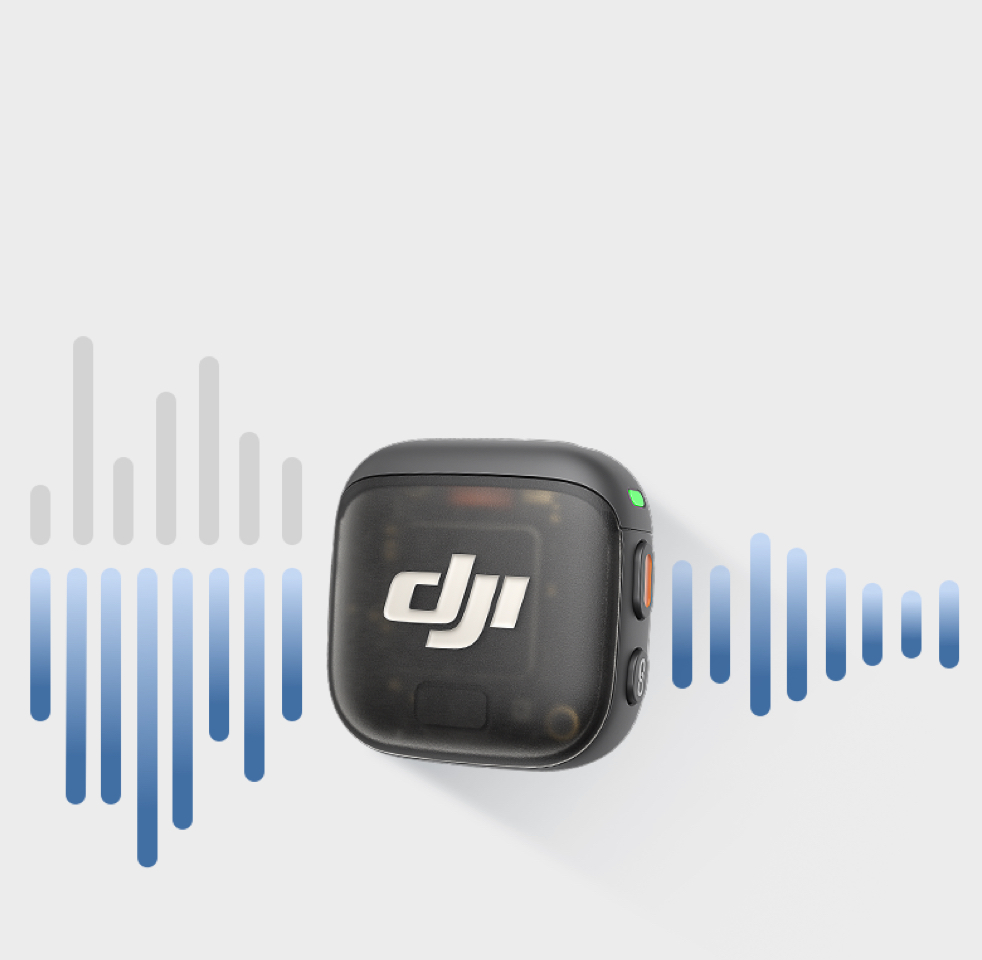
Adaptive Gain Control for Balanced Volume [3]
Automatic mode prevents audio clipping in dynamic outdoor scenes like sports events. Dynamic mode adjusts gain for consistent loudness, ideal for quiet indoor environments such as studios.
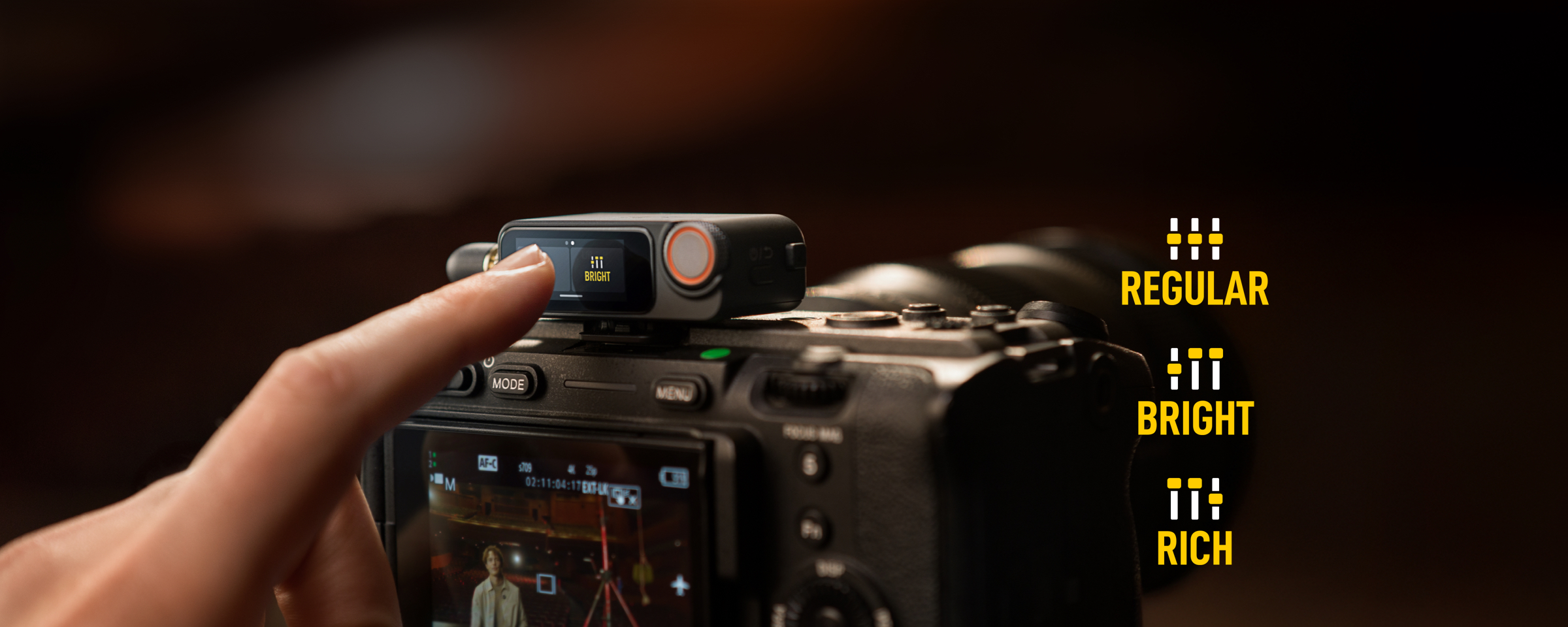
Three Voice Tone Presets [4], Two-Level Noise Cancelling [5]
Choose from three voice tone presets: Regular delivers natural and balanced sound for daily recording, Rich for fuller lows, and Bright for extra clarity in streaming or teaching. Two noise cancelling levels reduce background noise. Low for quiet indoor spaces, while High ensures your voice stays clear in noisy environments.
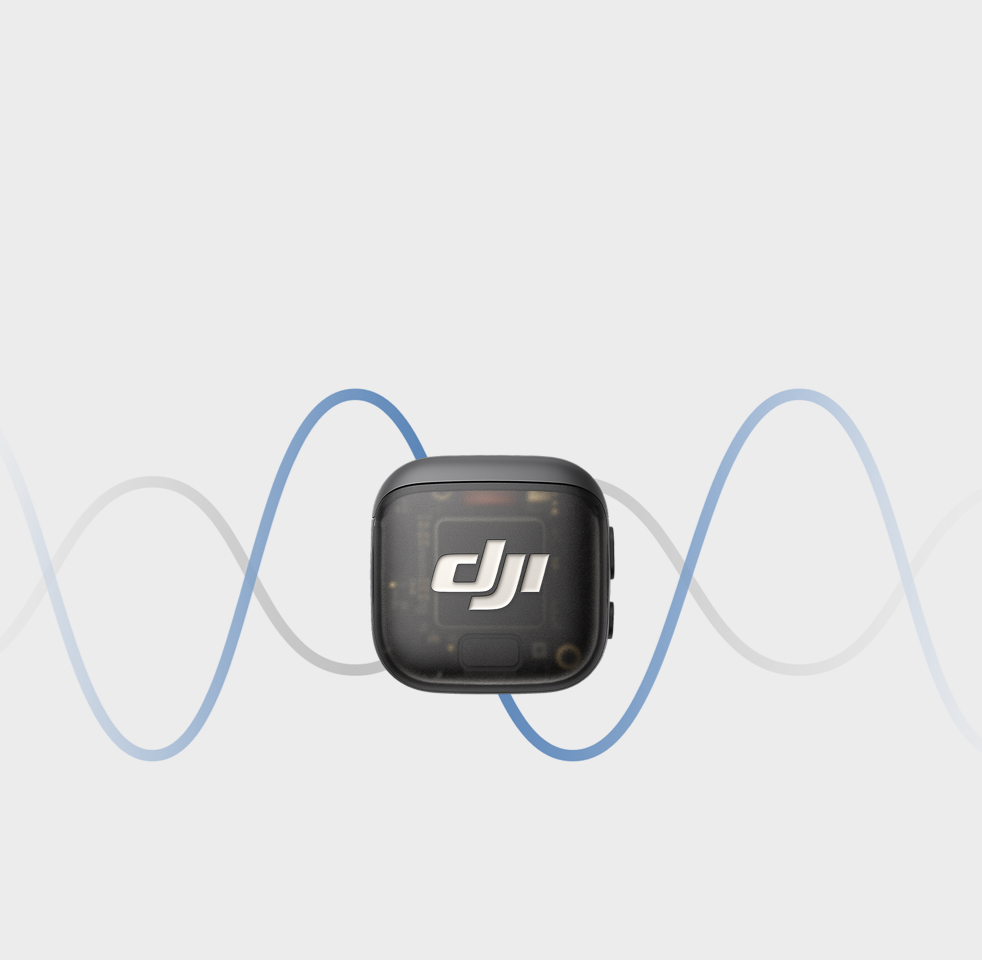
Dual Band Anti-Interference [6], Lossless Audio Transmission
Automatically hops between 2.4 GHz and 5 GHz bands [6] for strong anti-interference and 400m stable audio transmission [7]. Enjoy 48kHz/24-bit lossless audio [8] for high-fidelity sound, even in complex environments.
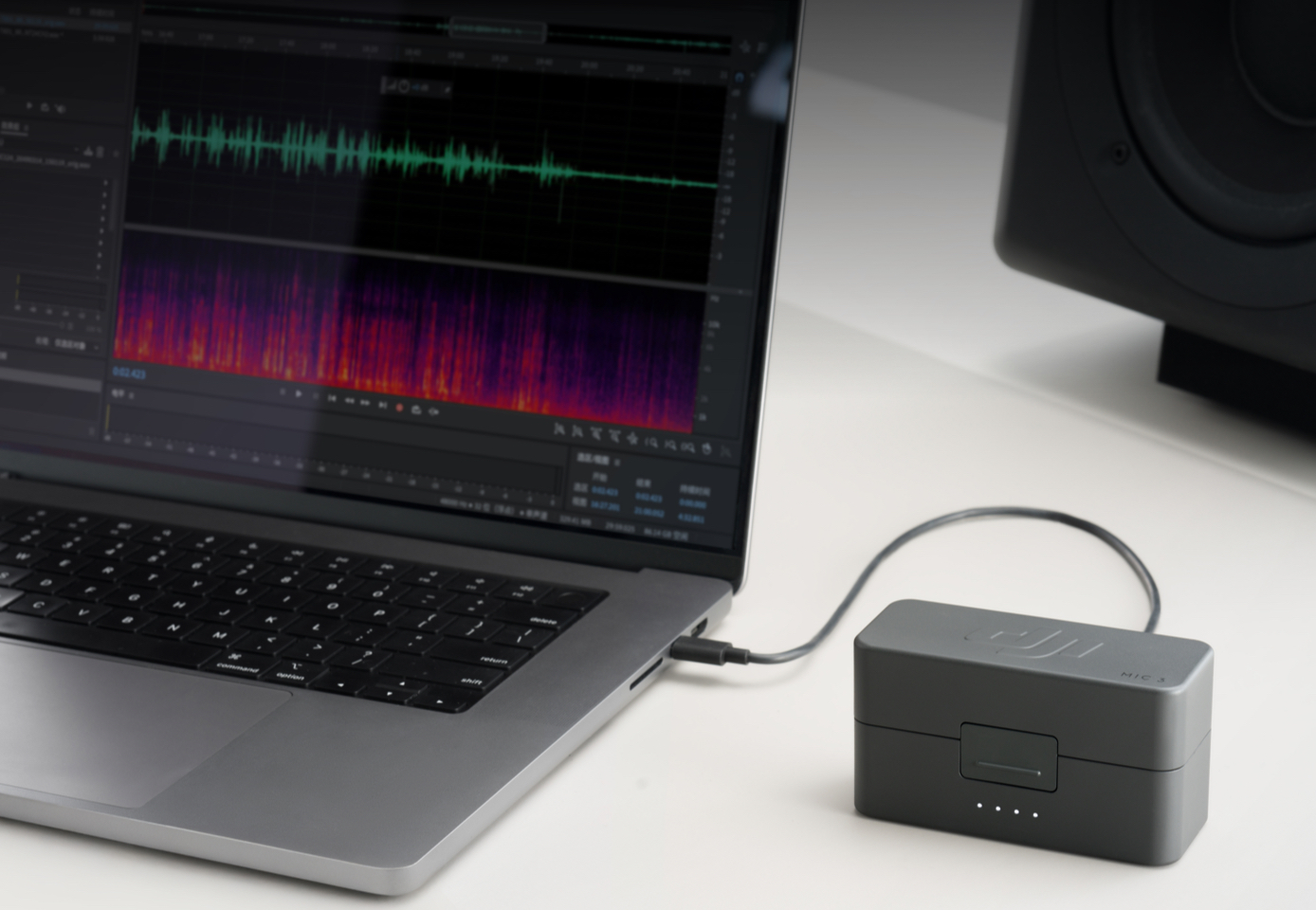
Dual-File 32-bit Float Internal Recording
Saves both the original track and an algorithm-enhanced version [9] to prevent data loss. A high dynamic range captures every detail, from whispers to loud sounds, providing more flexibility in post-production.

Extended Operating Time & Fast Charging
Transmitter lasts 8 hours [12], receiver 10 hours [12], and the charging case provides up to 28 hours total [13]. A 5-minute charge gives 2 hours of use [14], so you're always ready to create. Multiple power-saving features and support for recording while charging [15] keep you powered all day.

Integrated Timecode for Seamless Editing
High-precision timecode [10] ensures precise sync with less than one frame of drift in 24 hours [11], making multi-camera editing fast and easy.
In the Box
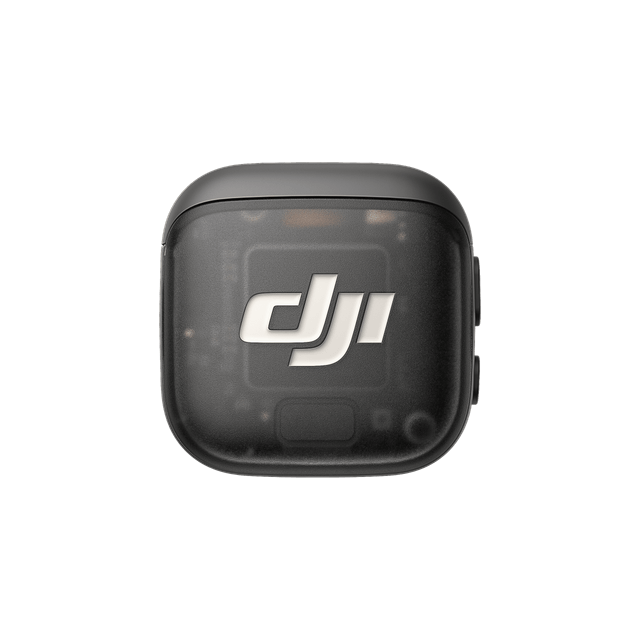
DJI Mic 3 Transmitter
× 2
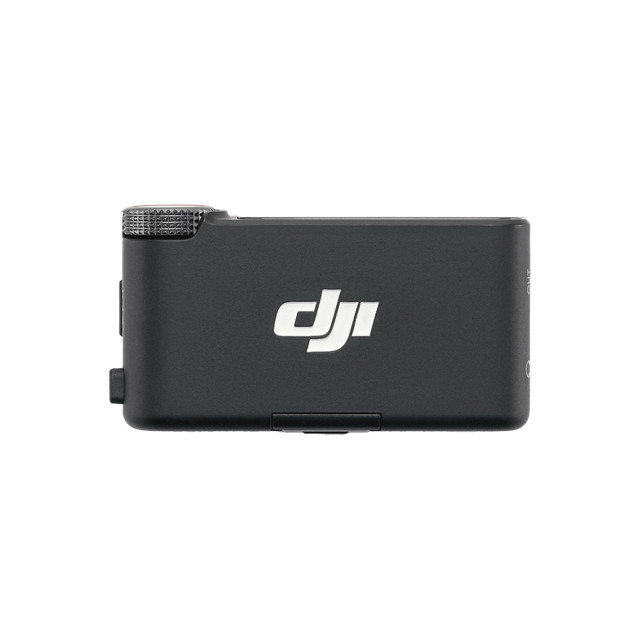
DJI Mic 3 Receiver
× 1
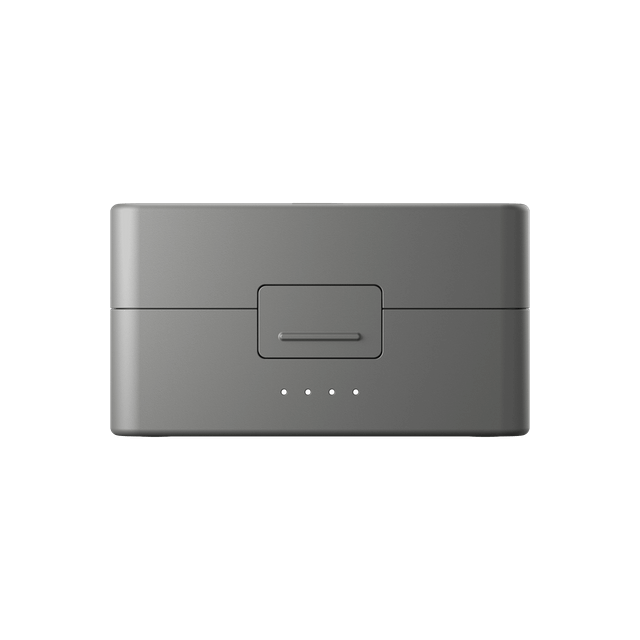
DJI Mic 3 Charging Case
× 1
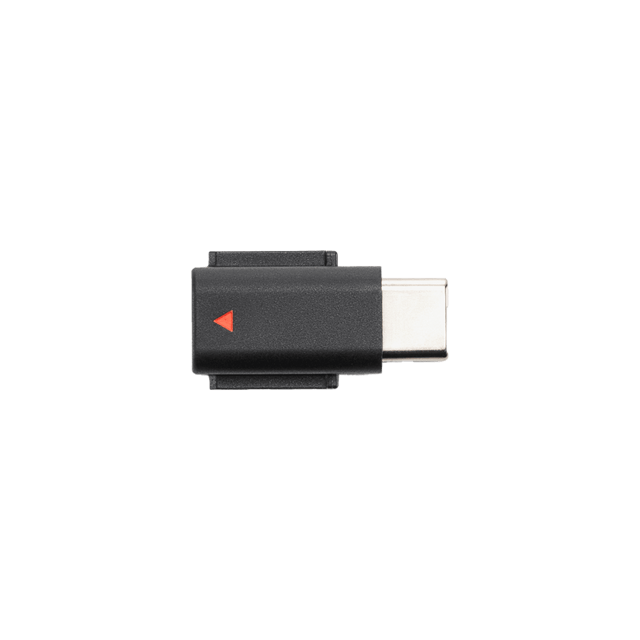
DJI Mic 3 Mobile Phone Adapter (USB-C)
× 1
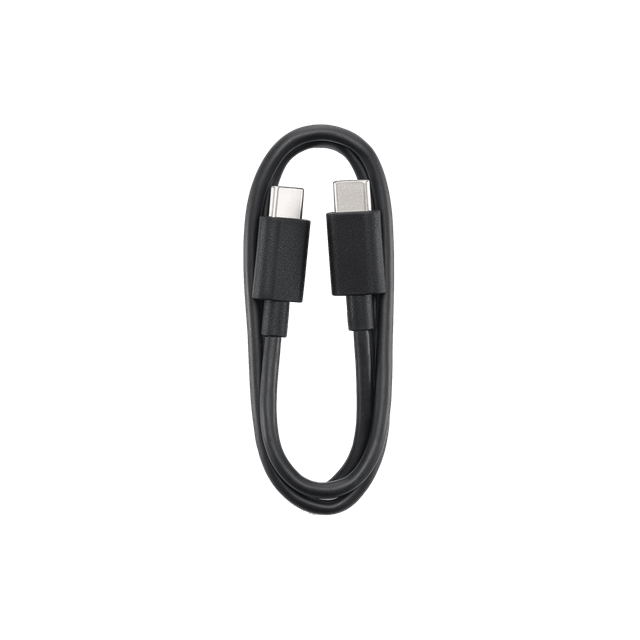
USB-C to USB-C Data Cable
× 1
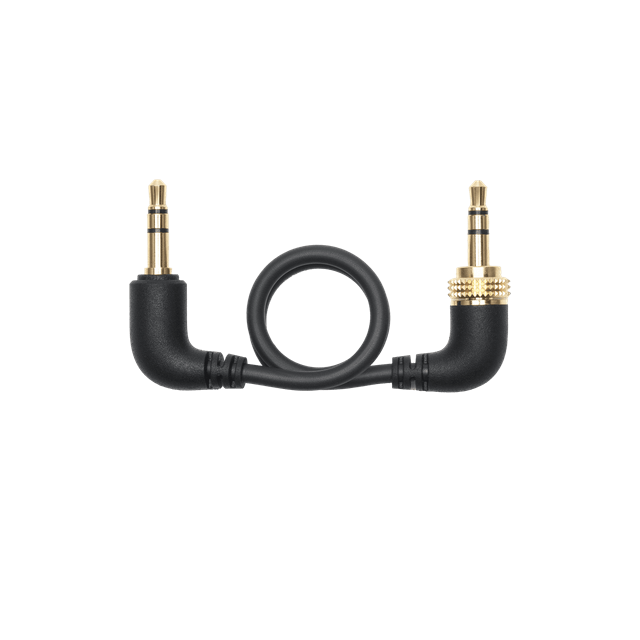
DJI Mic 3 Locking Audio Adapter Cable (3.5mm TRS to TRS)
× 1

DJI Mic 3 Windscreen (Black/Gray)
× 2
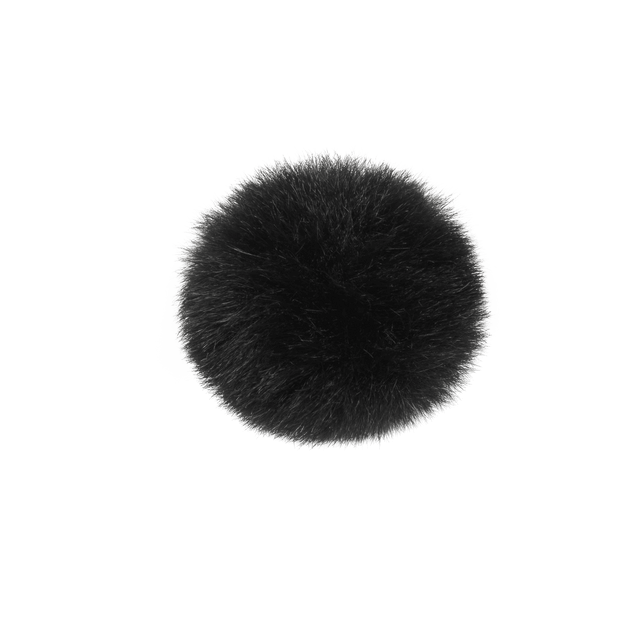
DJI Mic 3 Windscreen (Black)
× 2

DJI Mic 3 Magnet
× 2
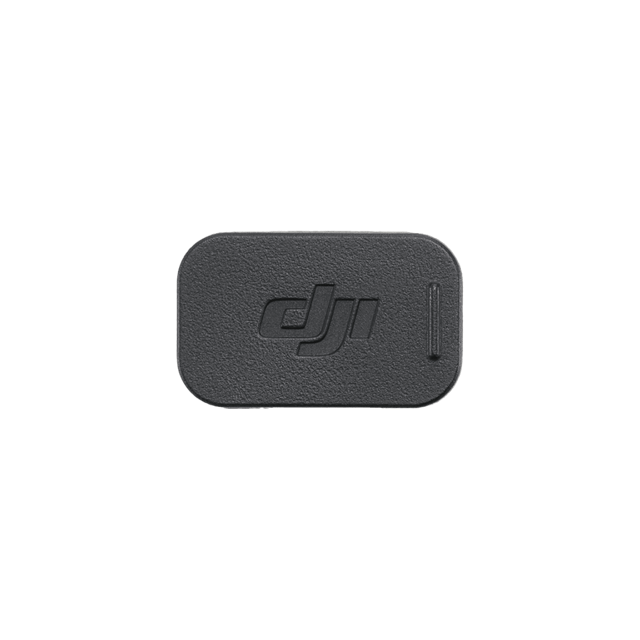
DJI Mic 3 Magnetic Clip
× 2
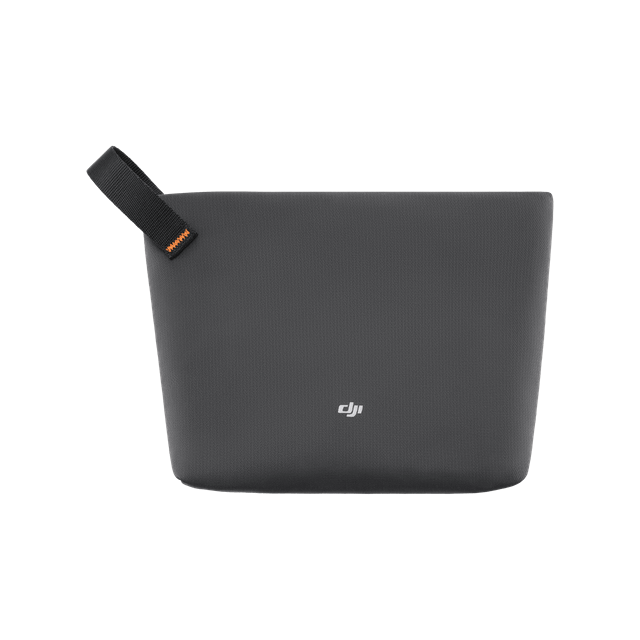
DJI Mic 3 Carrying Pouch
× 1
Which is the Best for You?
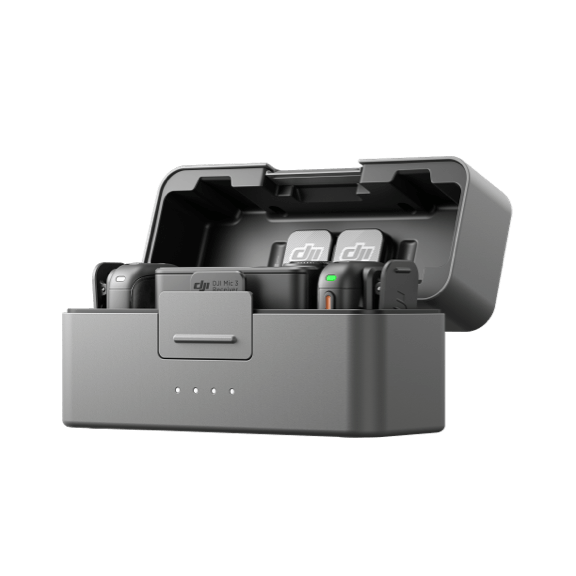
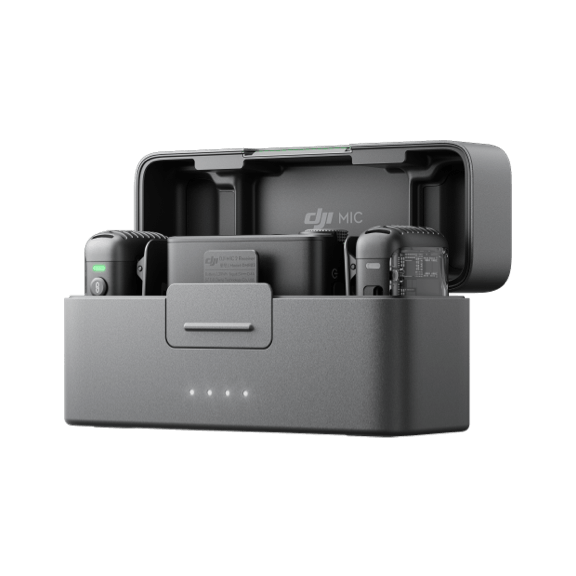
From USD $219
From USD $219
 1.1-inch touchscreen + dial
1.1-inch touchscreen + dial 1.1-inch touchscreen + dial
1.1-inch touchscreen + dial Noise Cancelling
Noise Cancelling Noise Cancelling
Noise Cancelling 32 GB, 24-bit/32-bit float Dual-file internal recording
32 GB, 24-bit/32-bit float Dual-file internal recording 8 GB, 24-bit/32-bit float
8 GB, 24-bit/32-bit floatReceiver: 10 hours
Charging Case: 28 hours
Receiver: 6 hours
Charging Case: 18 hours
 Timecode
TimecodeLet’s Answer Your Questions
What are the differences between different DJI Mic 3 combos? How should I choose?
DJI Mic 3 (2 TX + 1 RX) includes a charging case, one receiver, and two transmitters, suitable for two-person audio recording, and providing extended battery life.
DJI Mic 3 (1 TX + 1 RX) includes one receiver and one transmitter, suitable for single-person audio recording of individual creators.
The DJI Mic 3 Transmitter can be used with mobile phones, Osmo 360, Osmo Action 5 Pro, Osmo Action 4, or Osmo Pocket 3. Additionally, the DJI Mic 3 Transmitter is compatible with other DJI Mic 3 combos, allowing multiple transmitters and receivers to be used together.
The DJI Mic 3 Receiver is compatible with other DJI Mic 3 combos, allowing multiple transmitters and receivers to be used together. It can also be used independently as a timecode generator.
What functions does the DJI Mic 3 Charging Case provide?
The DJI Mic 3 Charging Case can be used for linking the transmitters with the receiver, as well as storing the transmitters, receiver, mobile phone adapters (USB-C or Lightning), locking audio adapter cable, windscreen, magnet, and magnetic clip. When fully charged, it can charge two transmitters and one receiver approx. 2.4 times.
The DJI Mic 3 Mobile Phone Adapter (Lightning) is sold separately.
Are the DJI Mic 3's USB-C and Lightning adapters interchangeable with the mobile phone adapters of DJI Mic, DJI Mic 2, DJI Mic Mini, and DJI Pocket 2?
No.
Are the DJI Mic 3's transmitters and receiver compatible with those of DJI Mic, DJI Mic 2, and DJI Mic Mini?
No.
How do DJI Mic 3 transmitters receive audio signals? Is the polar pattern directional or omnidirectional?
Omnidirectional.
What devices can the DJI Mic 3 Transmitter connect to wirelessly? How many transmitters can these devices connect to simultaneously?
Each DJI Mic 3 Transmitter can connect to up to eight DJI Mic 3 receivers, while each DJI Mic 3 Receiver can connect to up to four transmitters.
DJI Mic 3 supports DJI OsmoAudio™connection ecosystem. The DJI Mic 3 transmitters can directly connect to certain DJI products, namely one transmitter for Osmo Action 4, and up to two transmitters for Osmo 360, Osmo Pocket 3, and Osmo Action 5 Pro. For devices that support connection with two transmitters, you can match any two products from Mic 2, Mic Mini, and Mic 3 for simultaneous use.
The DJI Mic 3 transmitters can directly connect to your smartphone via Bluetooth, but a phone only connects to one transmitter at a time.
What is the internal storage of the DJI Mic 3 transmitters? Do the transmitters support external SD cards for storage?
The DJI Mic 3 transmitters have built-in 32GB storage and do not support external storage. The recording duration under different conditions is as follows:
24-bit (Single File): 57.3 hours
24-bit (Dual File): 28.6 hours
32-bit float (Single File): 43.0 hours
32-bit float (Dual File): 21.5 hours
Still have questions? Get help from a DJI expert.
1. When storing accessories in the charging case, avoid stacking to prevent receiver screen damage.
2. To achieve the 4TX + 8RX setup or four-channel output, additional accessories must be purchased separately. The four-channel output feature is only supported by certain Sony camera models (requiring the DJI Mic Series Camera Adapter) and certain computer software (via USB output). For details, refer to the compatibility list on the Downloads page of the official DJI Mic 3 website.
3. The Adaptive Gain Control feature can be configured via the receiver or the DJI Mimo app, and it is turned off by default.
4. The Voice Tone Preset modes can be selected via the receiver or the DJI Mimo app, with the default set to Regular.
5. The Noise Cancelling feature is turned off by default but can be activated and set to either Strong or Basic level through the receiver, DJI Mimo app, or device directly connected via the OsmoAudio™ ecosystem. When using the receiver with multiple transmitters, you can adjust the noise cancelling settings for each transmitter individually or for all transmitters simultaneously. When an Osmo 360, Osmo Action 5 Pro, Osmo Action 4, or Osmo Pocket 3 is connected directly via OsmoAudio™, settings can be adjusted on the product interface. When the transmitter is directly connected to a smartphone, the settings can be adjusted within the Mimo app.
6. Operating frequency allowed varies among countries and regions. Refer to local laws and regulations for more information.
7. Measured using DJI Mic 3 (2 TX + 1 RX + Charging Case), with Lossless Audio off, in an open, unobstructed environment free of interference.
8. When Lossless Audio is enabled, the transmitter's battery life will decrease by approximately 2 hours under nominal operating conditions, and the maximum transmission range will be reduced by approximately 50%.
9. Algorithm-based enhancements include voice tone presets, low cut, noise cancellation, and adaptive gain control.
10. For details on supported timecode modes, frame rates, and timecode output formats, refer to the FAQ page on the official DJI Mic 3 website.
11. Measured using DJI Mic 3 (2 TX + 1 RX + Charging Case) in an environment free of electromagnetic interference, with continuous power supplied to the transmitters and receiver following timecode synchronization and throughout 24 hours of continuous recording.
12. Measured using DJI Mic 3 (2 TX + 1 RX + Charging Case), with features such as noise cancellation and internal recording off, during close-range audio recording under interference-free conditions, with both transmitters connected to the receiver and the receiver connected to a camera via the 3.5mm audio cable.
13. Measured using DJI Mic 3 (2 TX + 1 RX + Charging Case) paired with a fully charged charging case, with features such as noise cancellation and internal recording off, during close-range audio recording under interference-free conditions, with both transmitters connected to the receiver and the receiver connected to a camera via the 3.5mm audio cable.
14. Measured in a controlled environment with the transmitters and receiver battery levels below 25%, using a charger of 5V output, with noise cancellation off, during close-range audio recording under interference-free conditions, with both transmitters connected to the receiver, and the receiver connected to a camera via the 3.5mm audio cable.
15. If your phone uses a Lightning interface, the receiver cannot be powered by the phone's battery without an external power source. To enable simultaneous charging and use, you need to purchase the DJI Mic 3 Mobile Phone Adapter (Lightning) separately.

























